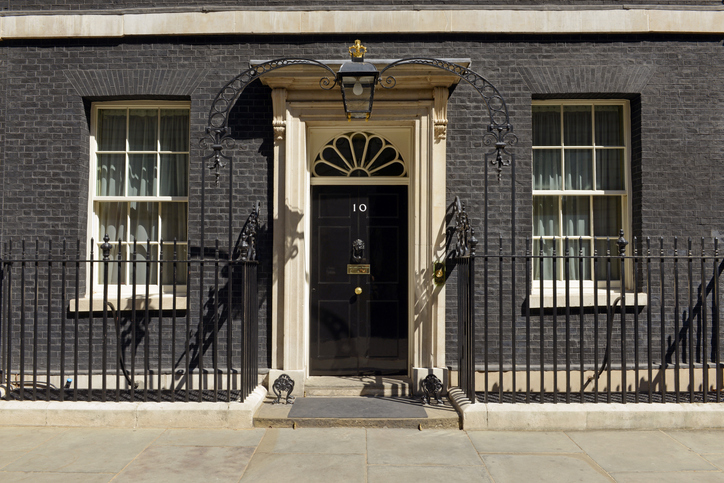It happens all the time when you work in foreign exchange: an entrepreneur – and sometimes an entrepreneur who’s been in business for a number of years – casually informs you that, whenever they receive an invoice in multiple currencies, they always settle in GBP because ‘it’s the easiest way to do it’ and ‘there isn’t really any alternative’.
On both counts, they’re quite wrong – but it’s hard to blame them. Small business owners have many different priorities: winning new customers, retaining existing customers, paying their suppliers and being paid in turn, among many other things. Understanding exchange rates isn’t usually top of their list.
That said it shouldn’t be neglected. Having conducted a retrospective price comparison for a client recently, I found that, of the €108,652.00 she had recently settled, she had paid a full £7,462 more than she needed to. This lost revenue could have gone directly into her company coffers: it could have eased financial pressure, paid employee wages, or been funnelled towards growth-critical activity such as buying new equipment and hiring freelancers to perform essential work. The worst part? A cursory understanding of exchange rates could have saved this money.
That client now makes sure to settle in the most cost-effective currency, and her bottom line is a lot healthier for it. When you receive an invoice in two different currencies, it can be tough to know how to proceed – but it’s always worth figuring out the most profitable course of action.
Why exchange rate problems occur
Exchange rate problems are usually well-intentioned, or at least not actively malicious. European suppliers tend to assume that their British clientele want to pay in pounds: it’s their local currency, and as we’ve established, many UK organisations do typically settle in pounds by default. Continental organisations issue invoices in both currencies for what they believe to be the client’s convenience.
But because they have to consider potential fluctuations in the pound-euro exchange rate, they’ll frequently overestimate the amount that’s actually due – and sometimes significantly. It’s worth mentioning that the suppliers can’t exactly help this. Invoices are typically issued with thirty day payment terms, and exchange rates can move significantly up or down over the course of a month. They add 10-15 per cent to the pound amount because they anticipate this problem and need to protect their margins – and if your payment terms are longer, the figure may grow even more.
Managing and mitigating currency risk
Fortunately, the need to pay in pounds is more imagined than real, and the simplest way to save money on payments is to check online. If you’ve signed up to an online broker with simple online functionality, you can benefit from a quick, cost-effective and transparent transfer process with no extra effort compared to traditional payment methods. They typically offer live client rates on their websites or portals, so simply logging in, viewing the achievable rate, and paying in the most cost-effective currency is a trivial matter.
Another way to mitigate your exposure is to agree a spot contract with your suppliers. This is more or less exactly what it sounds like: you and the other party agree a fixed exchange rate at the start of the deal, limiting the potential losses involved with the transaction. However, the contract usually has to be settled within two working days, so if you don’t have the budgetary wiggle room, it may not be the best option. In this case, you may be able to arrange a forward contract, which locks in an exchange rate at an agreed time in the future – and possibly over multiple payments on multiple dates.
Boosting your bottom line
However you proceed, it’s worth being aware of the risk involved in processing payments to overseas suppliers. Well-intentioned as these suppliers are, in providing the option to pay in two currencies they also inevitably give you a choice between paying more and paying less.
Partnering with a currency specialist can help you determine which option is best for your business. In the meantime, simply acquainting yourself with the facts and remaining vigilant about fluctuating exchange rates can save your company a lot of money.
Saskia Johnston is foreign exchange expert at Sable International.





